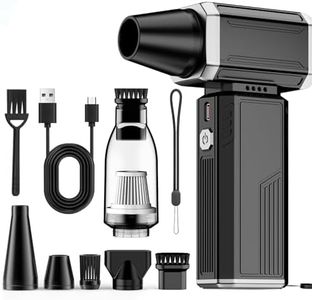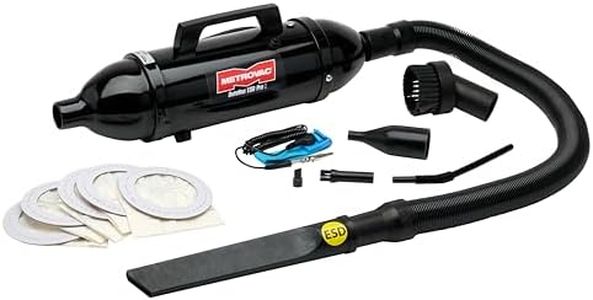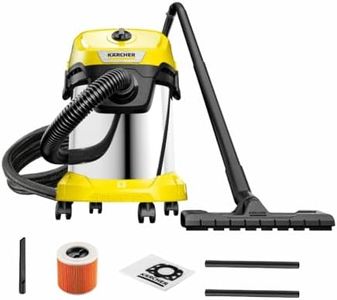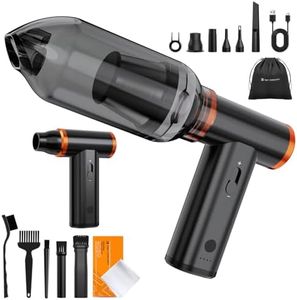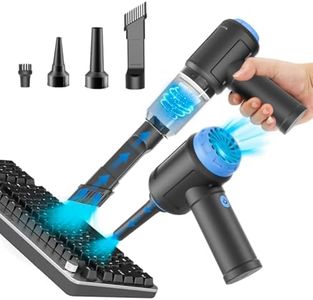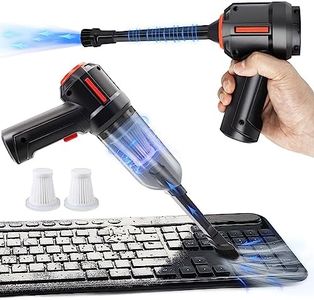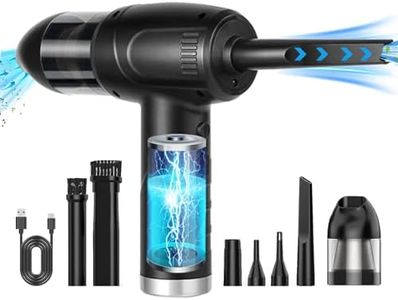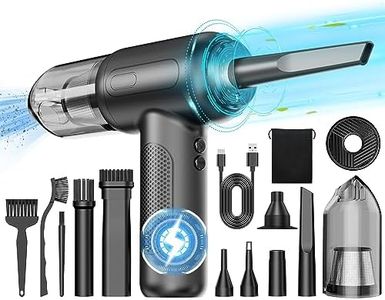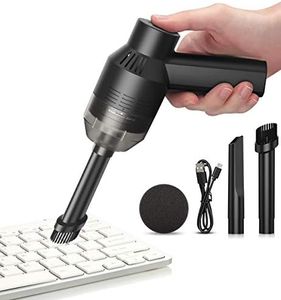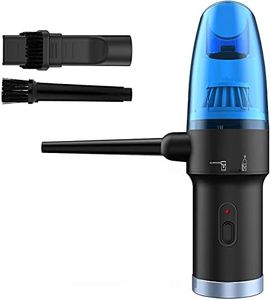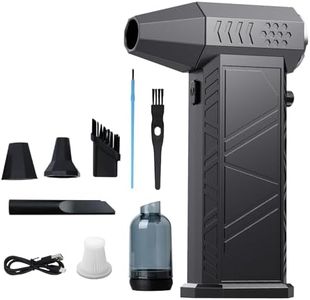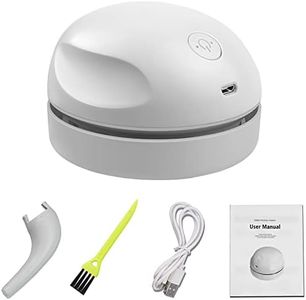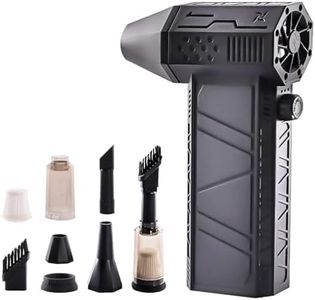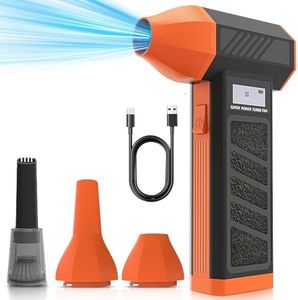We Use CookiesWe use cookies to enhance the security, performance,
functionality and for analytical and promotional activities. By continuing to browse this site you
are agreeing to our privacy policy
10 Best Anti Static Vacuum For Computer
From leading brands and best sellers available on the web.By clicking on a link to a third party's website, log data is shared with that third party.
Buying Guide for the Best Anti Static Vacuum For Computer
When it comes to cleaning your computer, using a standard vacuum can actually do more harm than good, mainly due to the risk of static electricity which can damage electronic components. That's why an anti-static vacuum is a must if you want to safely and effectively remove dust and debris from inside your computer, keyboard, and other sensitive electronics. The right vacuum will keep your devices clean while minimizing the chance of creating static that could harm delicate circuits. To pick the best anti-static vacuum for computer care, focus on a few key specifications that will make your choice safer and more effective.Anti-Static ProtectionAnti-static protection refers to the vacuum's ability to prevent the buildup and discharge of static electricity as it operates. This is crucial because electronics, especially inside computers, are highly sensitive to static; even a tiny spark can cause irreparable damage to components. Anti-static vacuums usually have grounding features and special materials to dissipate static. Vacuums without this protection are fine for general dusting but not for electronics. If you plan to clean inside computers or other sensitive electronics, always choose a vacuum specifically labeled as anti-static or ESD-safe (Electrostatic Discharge safe).
Filtration SystemThe filtration system determines how well the vacuum can capture and contain tiny dust particles instead of releasing them back into the air. Good filtration is important to avoid blowing fine dust onto your computer’s components, which can contribute to overheating. Basic vacuums might only use simple filters, while higher-end models incorporate HEPA or multi-stage filters for finer dust capture. For home users who clean their PCs occasionally, a basic filter may be enough, but if you have allergies, pets, or work in a dustier environment, opt for a model with advanced filtration.
Suction PowerSuction power measures how effectively the vacuum can pull debris out of tight spaces. Lower suction is usually more than enough for computer cleaning, as too much force can be risky for small, delicate parts. Anti-static vacuums range from gentle handheld models to more powerful bench-top units. If you only need to clear light dust from components, a modest level of suction is safe and effective. Avoid high-powered vacuums unless they're specifically designed for electronics to prevent damaging components or dislodging wires.
Nozzle and AttachmentsNozzles and attachments help you reach into corners, between keys, and inside tiny places where dust collects. Anti-static vacuum kits for computers usually come with various brushes and narrow tips. The right attachments make cleaning easier and safer because they can gently loosen dust without scratching or damaging parts. For general cleaning, a brush and crevice tool are usually sufficient, while more elaborate attachments can help if you work on different devices or need to clean intricate components regularly.
Portability and Power SourcePortability refers to how easy it is to move and use the vacuum around your workspace. Some vacuums are powered by batteries or USB, making them lightweight and more mobile, while others plug into a wall socket. Battery-powered or USB models are great if you need flexibility or want to avoid bulky cords, but they may have less suction and run for a shorter time. If you work at a desk or repair workbench, a corded model might be better since it provides consistent power. Think about where and how often you'll use the vacuum to decide which type fits your workflow best.
